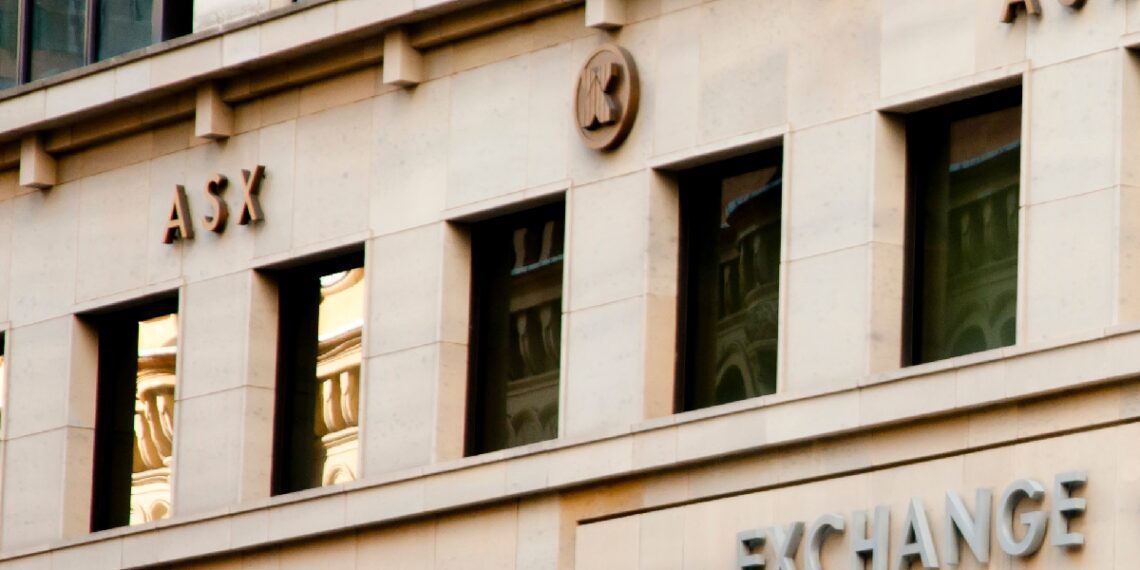Celebrating its 150th anniversary in 2021, the Australian Securities Exchange (ASX) continues to seek to adapt to the changing landscape as one of the world’s premier stock exchanges. After a difficult 2020, which saw the ASX take on a global pandemic and a shock technical shutdown, the exchange continues to make strong progress both financially and with its future growth plans.
Some of those future growth plans have come from recent recommendations from the Reserve Bank of Australia (RBA) in its annual assessment of the ASX clearing and settlement facilities. Speaking at the recent ASX Annual General Meeting, Managing Director and Chief Executive Officer, Dominic Stevens, told shareholders the RBA had concluded that the facilities have conducted their affairs in a way that promotes overall stability in the Australian financial system. He noted that the RBA also identified some areas for improvement:
“The ASX takes these seriously. They are valuable additions to ASX’s own programme of continuous enhancement.”
The ASX is working on a programme positioning the exchange for the next 20 years, Mr Stevens says the strategy is focused on four key elements:
The first is on transforming the exchange’s technology stack and increasing its resilience.
“As you might have heard me say before, those companies embracing technological change will lead their industry in growth and innovation. ASX is no different. A contemporary platform provides technological and operational resilience, as well as enabling the digitization of data and processes. This positions us best to provide the infrastructure and services desired by our customers,” he said.
The second element is focused on enhancing and expanding the ASX’s products and services.
“What can we do to make business easier for our customers? And how can we make it easier for our customers to efficiently interact with their own customers? This takes on greater focus as our new tech platform delivers expanded functionality and connectivity.”
Innovation is the third element.
Mr Stevens noted that the ASX has a long history at the forefront of the exchange industry in the adoption of technology for the benefit of customers, investors, and regulators.
“For instance, the original CHESS system is a great example of ASX being first in the world to digitize share ownership. ASX innovation provides our customers and industry with opportunities for cost and efficiency benefits, as well as the ability to develop new products and services. We believe that distributed ledger technology is a key way to deliver these opportunities.”
The fourth and final element is the ASX’s ongoing commitment to sustainability.
“This reflects having strong foundations, earning our licence to operate, and ensuring ASX continues to deliver long-term value for all its stakeholders – whether they be our people, customers, regulators, shareholders or the broader Australian economy.
“ASX strongly believes that progress on these four fronts gives us the best chance of increasing the company’s long-term sustainable value for you, our shareholders.
“So, if these elements have been our strategic focus over the last five years, how have we done regarding execution? And have we added value over these five years?”
Mr Stevens says the ASX is making great strides in its technology transformation and digitization push.
Your company is investing in people and technology to reduce operational risk
“I am proud to report that we are well on our way to transforming our equity technology platform. With the rollout of CHESS and some related operational databases over the coming 12 to 18 months, this body of work is scheduled to be completed in April 2023.
“We have already refreshed our trading systems, and upgraded the communications infrastructure that carries the trading, clearing, settlement and data information between ASX and its customers. We have also replaced our secondary data centre, risk management and surveillance systems, and our website. We are now moving into the delivery stages of our clearing and settlement and data warehouse technologies.
“This strategy may also be characterized as ‘reducing technology debt’, with the height of the columns representing the size of the debt. Over the last five years, our capital expenditure programme has paid down much of this debt. This transformation is the most important thing the organization can do to reduce its inherent technology and operational risk. It’s also a key reason underpinning our improved performance.”
Mr Stevens said investing in contemporary technology has greatly improved the resilience and reliability of the ASX’s financial markets infrastructure.
“I know this sounds at odds with the regrettable outage we had shortly after last year’s AGM. But as a business that has served the markets for decades, it is our improving performance over months and years, not our performance on a day, which we ask to be measured on.
“The takeaway here is that your company is investing in people and technology to reduce operational risk and to provide an innovative future for ASX and for Australia’s financial markets.
“The clearest objective measure of the reduction in operational risk is the reduction in operational incidents. On this measure, ASX’s record is strong.
“Pleasingly, not only do investments in technology lower our business risk and increase our resilience, they enable greater efficiency and functionality, and faster delivery of products and services into the future.”
The ASX’s third goal in the technology area was the digitization of processes and data to make business easier for its customers.
“Our contemporary platform is already enabling this, with more to come.
“Our world-leading corporate actions straight-through processing is a prime example. By providing a fully automated end-to-end solution, ASX has reduced the processing risk associated with undertaking corporate actions by simplifying, standardizing and removing manual steps from the announcement, data capture and support processes.
“In addition, digitizing the data into the international ISO 20022 standard, has unlocked efficiencies associated with machine-readable data. ASX is a world leader in this area.”
After overcoming two major shocks in 2020, the ASX is now back on the front foot and processing record numbers as it prepares for a bright future.












